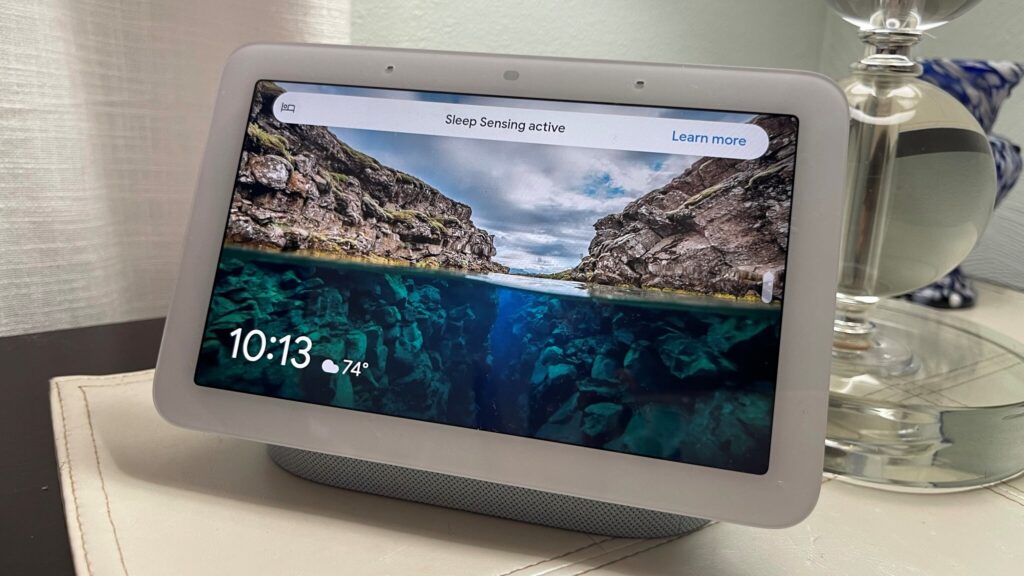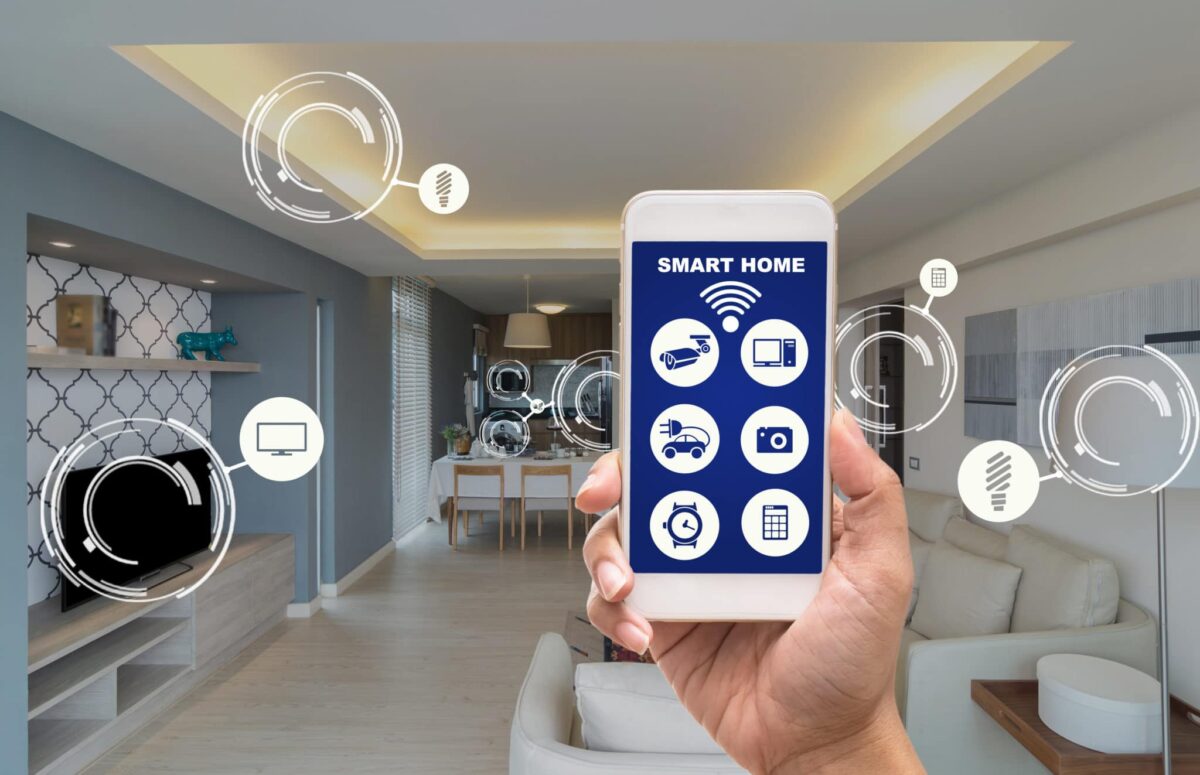Imagine a world where your lights turn on as you enter a room, your coffee maker starts brewing the perfect cup right before your alarm goes off, and your thermostat automatically adjusts to your preferred temperature. This isn’t science fiction; it’s the reality of a smart home.
By integrating technology into your living space, you can create a more convenient, efficient, and even secure environment. But with the vast array of smart devices and systems available, getting started can feel overwhelming. Fear not, intrepid homeowner! This comprehensive guide will equip you with the knowledge and steps to transform your humble abode into a smart haven.
Understanding the Smart Home Ecosystem

Before diving headfirst into gadget galore, it’s crucial to grasp the core components of a smart home ecosystem. Here are the key players:
- Smart devices: These are appliances, lights, thermostats, and other objects equipped with Wi-Fi or Bluetooth connectivity, allowing them to be controlled remotely or through automation.
- Hub: This central unit acts as the brain of your smart home, connecting and coordinating various devices. Some devices function independently, while others require a hub for communication.
- Smartphones and tablets: These devices serve as your primary interface for controlling and monitoring your smart home, often through dedicated apps.
- Voice assistants: Virtual assistants like Alexa, Siri, and Google Assistant enable hands-free control using voice commands, adding another layer of convenience.
Planning Your Smart Home Journey

Now that you have a basic understanding of the players, it’s time to chart your course. Here are some essential steps to consider:
- Identify your needs and goals: What aspects of your home do you want to automate? Do you prioritize convenience, security, energy efficiency, or a combination of these? Answering these questions will guide your device selection and overall strategy.
- Set a budget: Smart home technology can range from affordable starter kits to high-end systems. Define your budget upfront to avoid overspending and ensure your plan is financially sustainable.
- Research and compare devices: With countless options on the market, thorough research is crucial. Consider factors like compatibility, features, user reviews, and brand reputation before making any purchases.
- Start small and scale gradually: Don’t try to overhaul your entire home overnight. Begin with a few key devices or areas, gain experience and confidence, and then expand gradually. This phased approach allows you to learn, adjust, and refine your smart home setup over time.
Popular Smart Devices to Get You Started

Here are some popular smart devices to kickstart your smart home journey:
- Smart lighting: Control your lights remotely, adjust brightness and color temperature, and create custom lighting scenes for different moods and activities.
- Smart thermostats: Optimize your home’s temperature for comfort and energy savings, and even program schedules for different times of the day.
- Smart plugs: Convert any ordinary appliance into a smart one, allowing you to control it remotely or set schedules.
- Smart locks and security systems: Enhance your home security with remotely controlled locks, smart doorbells with cameras, and motion sensors.
- Smart speakers and displays: Enjoy voice-controlled entertainment, manage your smart devices with voice commands, and access information hands-free.
Beyond the Basics: Exploring Advanced Smart Home Features
Once you’ve embraced the core smart home features, you can delve into more advanced functionalities:
- Smart irrigation systems: Water your lawn and gardens efficiently based on real-time weather conditions and soil moisture levels.
- Smart appliances: Control your oven, dishwasher, washing machine, and other appliances remotely, and even monitor their energy consumption.
- Smart TVs and entertainment systems: Enjoy voice-controlled streaming, personalized content recommendations, and seamless integration with other smart home devices.
- Smart home sensors: Detect leaks, smoke, and carbon monoxide, and receive instant alerts on your phone, enhancing safety and peace of mind.
Also Read: A Breath of Controversy: Apple Watch Series 9 and Watch Ultra 2 Lose Blood Oxygen Feature in US
Security and Privacy Considerations
As you embrace smart home technology, be mindful of security and privacy concerns. Here are some tips to stay safe:
- Choose devices from reputable brands with strong security practices.
- Enable two-factor authentication on your smart home accounts.
- Use strong and unique passwords for all your smart devices and accounts.
- Keep your devices’ firmware up to date to address potential vulnerabilities.
- Be cautious about sharing personal information through smart devices and voice assistants.
The Future of Smart Homes
The smart home revolution is still in its early stages, with constant advancements and innovations emerging. As technology evolves, we can expect even more seamless integration, intuitive interfaces, and personalized experiences. Imagine a future where your home anticipates your needs, adapts to your preferences, and seamlessly blends comfort, convenience, and efficiency.

1 thought on “Step into the Future: Transforming Your Home into a Smart Oasis”